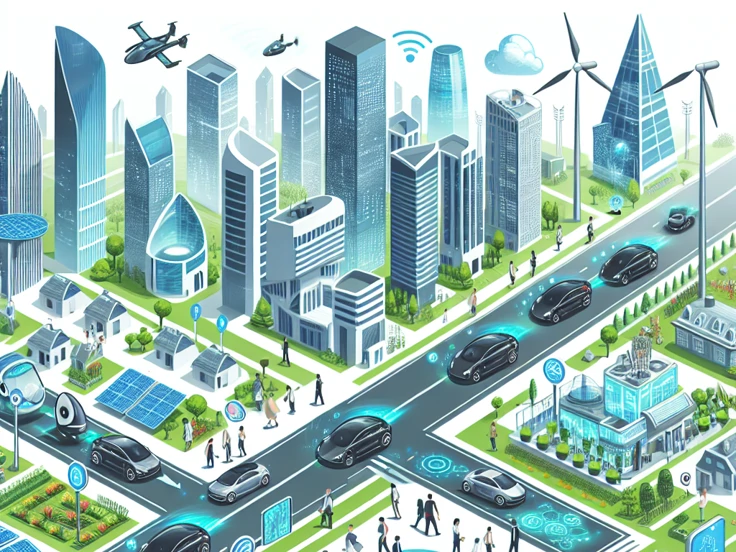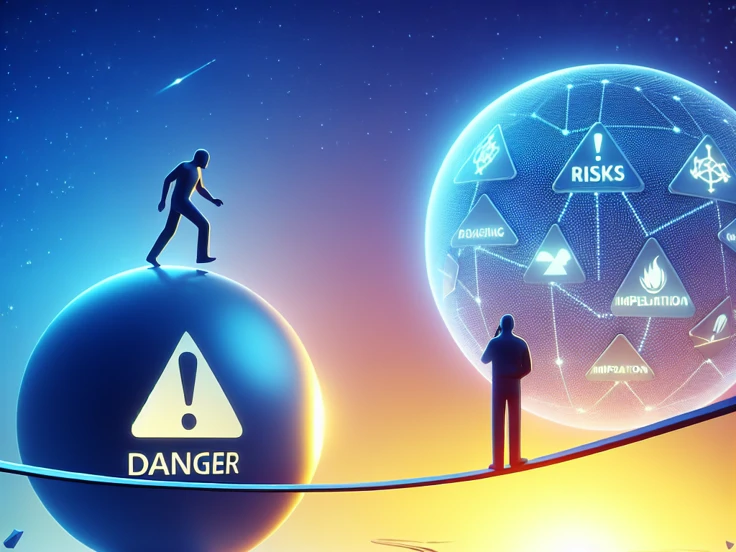
The G5 Solar Storm: Impact, Risks, and Implications, G5 Solar Storm: An Extreme Geomagnetic Event
May 12, 2024
The recent G5 solar storm, an extreme geomagnetic event, has reached Earth, prompting concerns and highlighting the potential risks and disruptions it poses to various technologies and infrastructure. This blog post provides a comprehensive overview of the G5 solar storm, its impact, and the implications for society.
G5 Solar Storm: An Extreme Geomagnetic Event
A G5 solar storm is an extreme geomagnetic event caused by disturbances on the Sun, particularly coronal mass ejections (CMEs) and solar flares. These storms can have significant impacts on Earth, including disruptions to communications, global positioning systems, power grids, spacecraft, satellite navigation, and other technologies. The recent G5 storm is the most intense geomagnetic storm observed since the Halloween Storms of October 2003, which caused power outages in Sweden and damaged power transformers in South Africa.

Impact on Technologies and Infrastructure
The G5 solar storm has the potential to disrupt a wide range of technologies and infrastructure. Communications, global positioning systems, power grids, spacecraft, satellite navigation, and high-frequency radio signals may be affected. In addition, users of high-frequency radio signals may experience loss of signal. The storm could also lead to power outages, damage to power transformers, and disruptions to satellite navigation systems.

Risks and Implications
The G5 solar storm poses significant risks and implications for society. Disruptions to communications and power grids could have widespread consequences, affecting businesses, transportation, and emergency services. Damage to power transformers could lead to prolonged power outages, while disruptions to satellite navigation systems could impact navigation and communication for aircraft and ships. The storm also has the potential to affect high-frequency radio signals, which are used by military and emergency responders.

The G5 solar storm is a reminder of the potential risks and disruptions posed by extreme space weather events. It is important for governments, businesses, and individuals to be prepared for such events and to take steps to mitigate their impact. This includes investing in resilient infrastructure, developing early warning systems, and educating the public about the risks of space weather.



